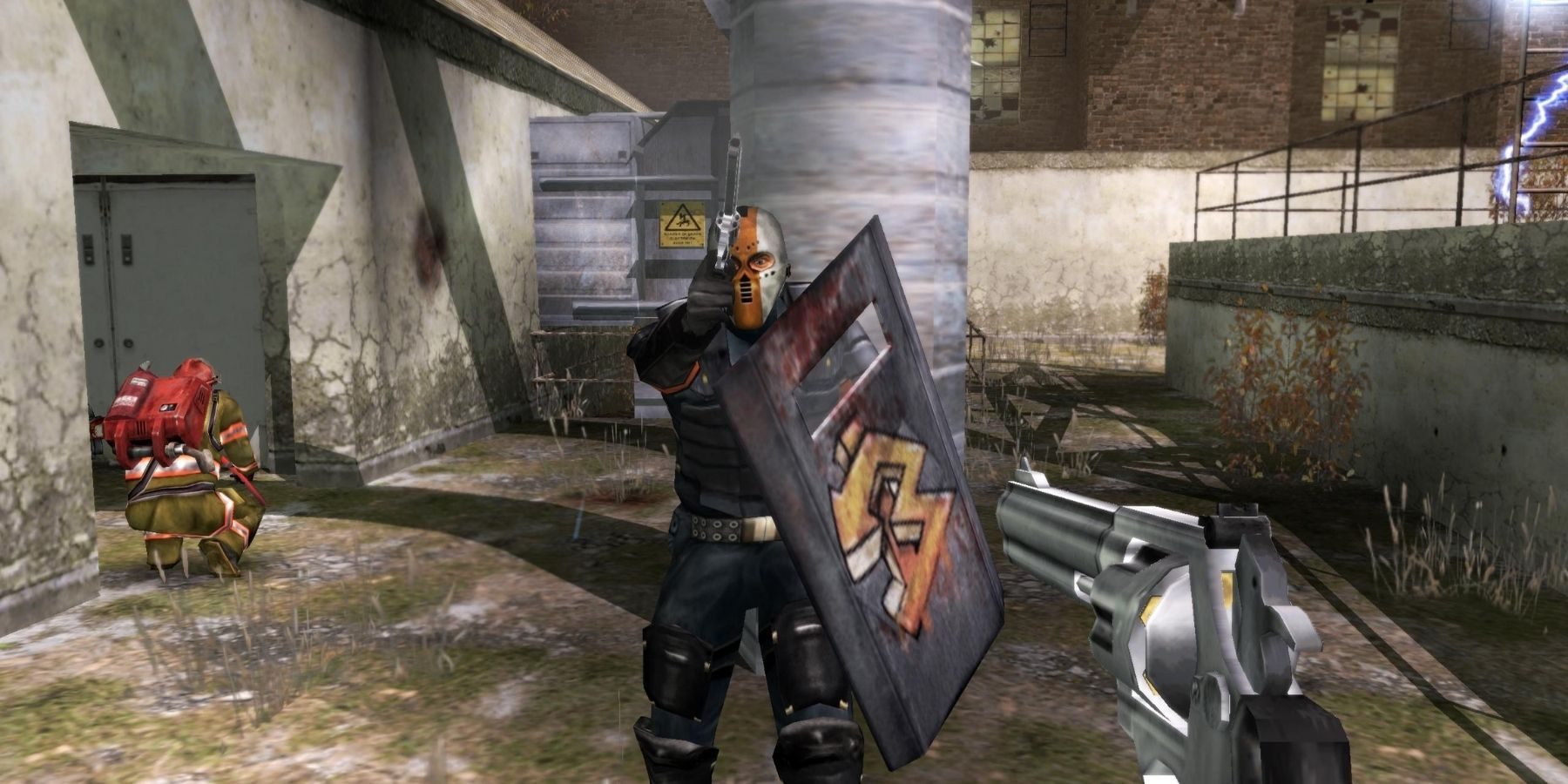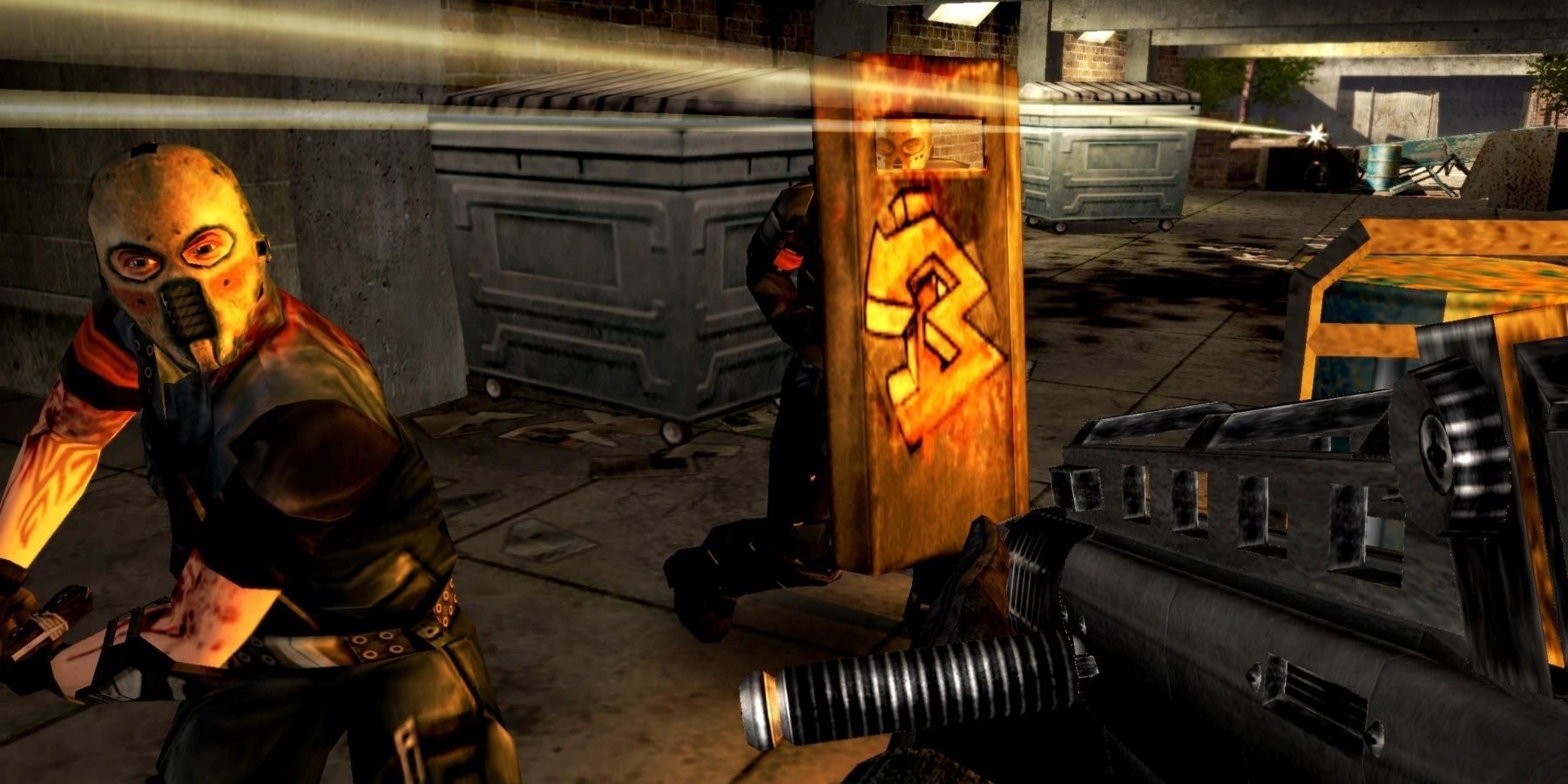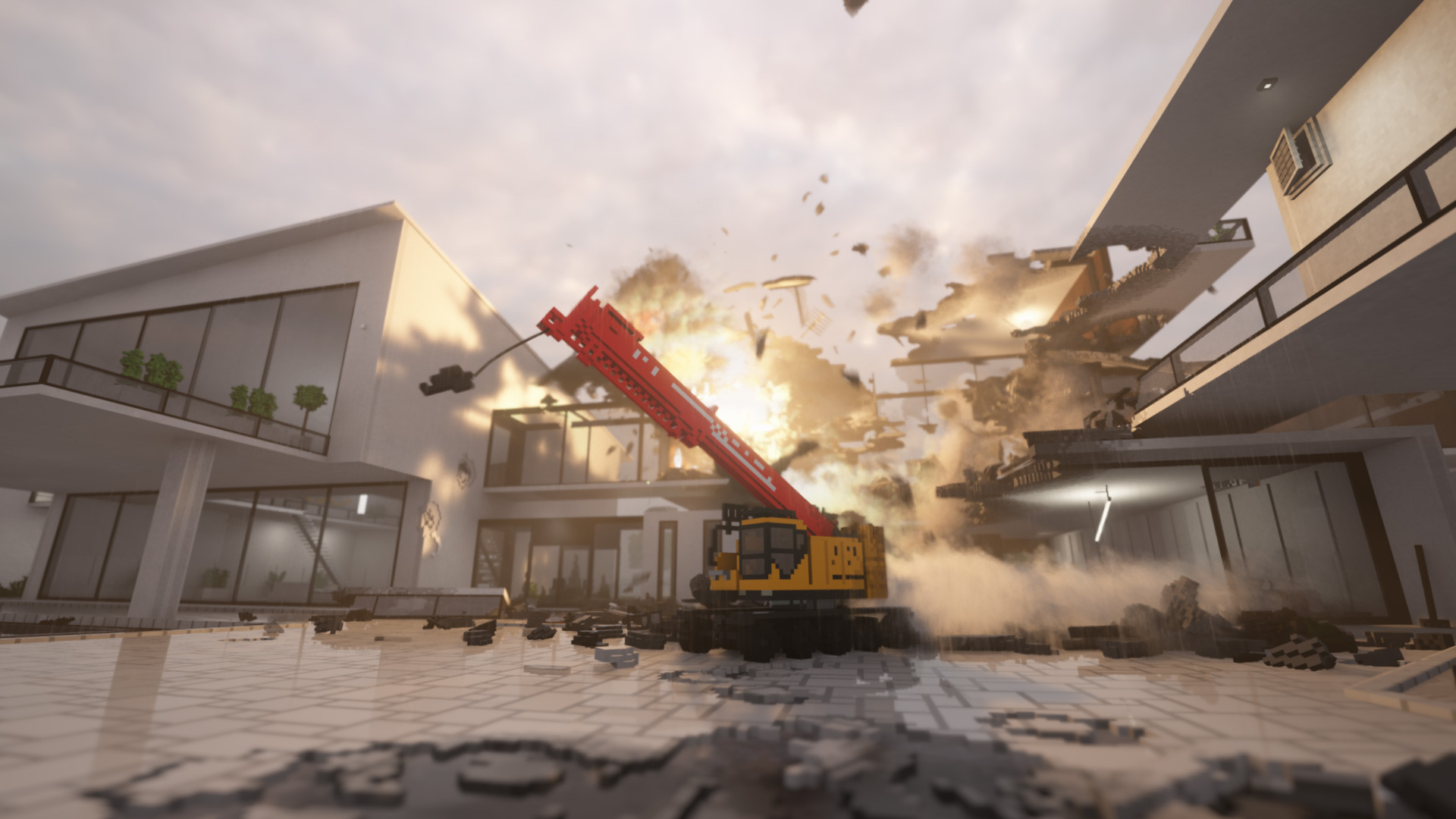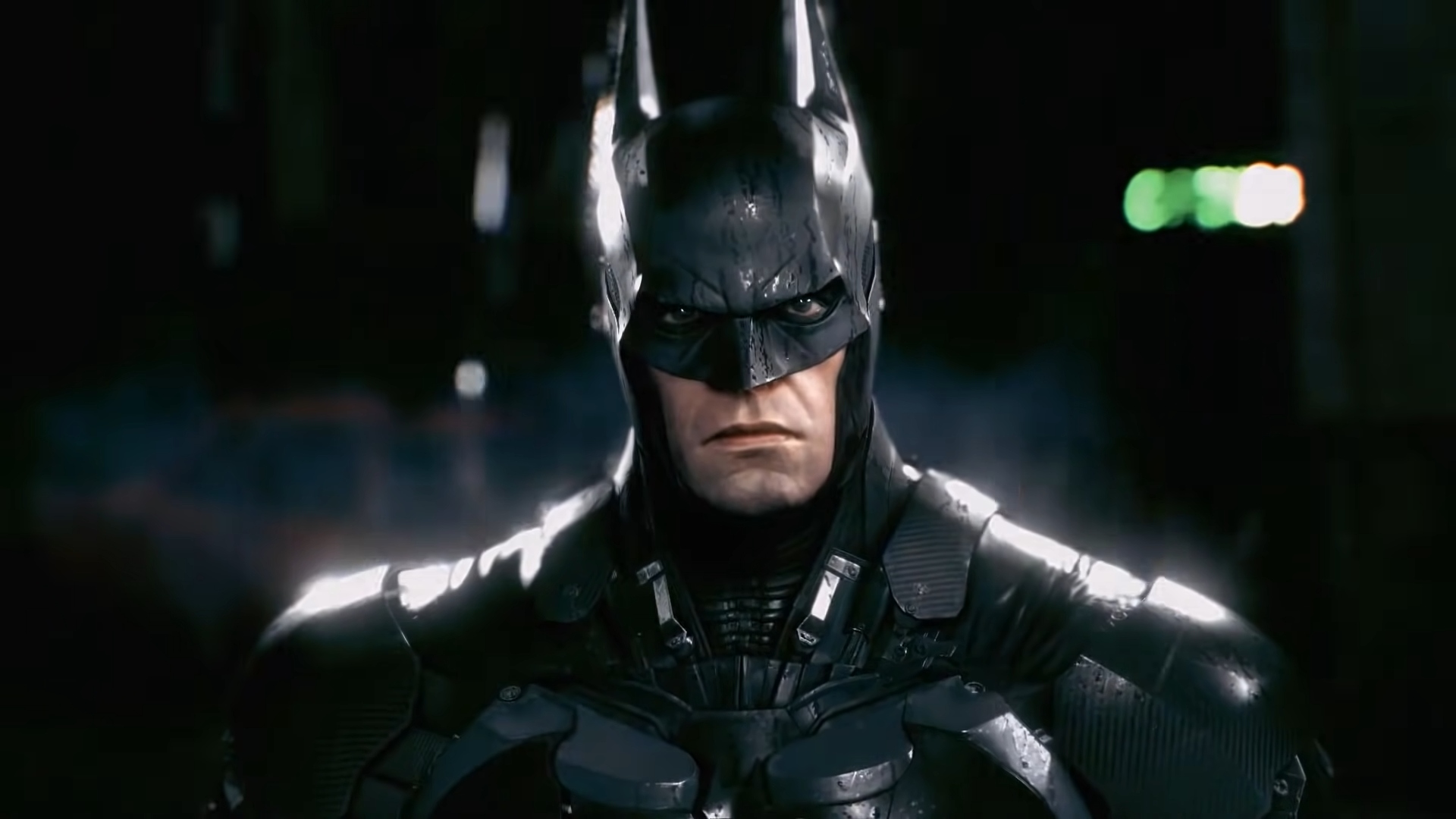Rocksteady has become one of the most recognized and respected names in game development. The studio's take on the DC Comics character Batman with the Batman: Arkham franchise has garnered critical acclaim and huge sales numbers, breathing new life into the superhero game genre. After this success, Rocksteady is turning its attention to another DC property with Suicide Squad: Kill The Justice League, aiming to deliver another hit.
However, Rocksteady wasn't always the big name it is today, as every company has to start somewhere. Prior to the breakout success of Batman: Arkham Asylum, the studio had humble beginnings trying to find its footing during the sixth generation of consoles (PS2, GameCube, Xbox). With first-person shooters on the rise during that time after Halo became a bonafide hit and Call of Duty found its stride, Rocksteady played it safe with its own entry into the genre. The game in question was Urban Chaos: Riot Response, and while it may have flown under the radar, it has plenty of merit to make it deserving of a revisit.
RELATED: Gotham Knights: How Batman's Death Should Impact Each Character
Gritty First-Person Gunplay

First-person shooters were beginning to take center stage as the go-to genre for developers, something that would especially be true during the 360/PS3 generation. This meant the market was already flooded with an assortment of options for gamers with an itchy trigger finger. New James Bond video games were being released frequently following the success of Goldeneye 64 a decade prior, and the Halo franchise was also kicking things into high gear, with Halo 2 dominating the Xbox Live multiplayer space.
With so much competition, it would be difficult for a new title to stand out from the rest of the pack. While this would ultimately ring true, and Urban Chaos: Riot Response failed to make a huge splash, there are still a few elements of its design that make it special, especially for the time. In many of the aforementioned FPS franchises, as well as other noteworthy ones such as Timesplitters, gunplay was generally fast paced, flashy, and meant to create a spectacle. Weapons felt fun to use and created just as spectacular effects on the screen when fired at enemies. Evertything was in service of creating a blockbuster experience, which was often executed very well.
Urban Chaos: Riot Response ofted for a different experience, especially in the year 2006. Violence was not depicted as flashy or fun, but gruesome and unpleasant. Shotgun blasts from the player had aggressive kickback and sent enemies flying, while strenuous hostage situations added an extra layer of depth to the realistic tone Rocksteady was attempting to convey. The guns were loud and heavy, with the player's movement being slightly slower than most FPS alternatives at the time. This helped create a new layer of immersion, sucking gamers further into the harsh and brutal cops-versus-criminals storyline. While this more serious tone may be what affected the game's success, it was definitely ahead of its time, depicting violence in a harsh manner years before the controversial elements seen games like in 2019's Call of Duty: Modern Warfare.
RELATED: Gotham Knights' The Penguin Leaked, Being Voiced by Deus Ex Voice Actor
The Importance of Tone

This commitment and understanding of a tone and style lifts the entire game up, and shows what Rocksteady was good at long before it ever got to tackle Batman. Just as the environments of Batman: Arkham Asylum were grungy and unsettling, so too was the presentation and setting of Urban Chaos: Riot Response. Levels are divided by grizzly fictionalized live-action news reports, depicting a city falling apart due to crime and gang violence. These segments are important in setting up the gritty tone its gameplay sections will continue.
This concept carries over into the gunplay as well, which as mentioned is not meant to be fun to watch. The highly destructive guns in the arsenal consists of usual firearms with tasers and molotov cocktails as well, which violently electrocute or set enemies ablaze. The player isn't some impervious killing machine, and is just as vulnerable to gunfire and explosives as anyone else. Because of this, Urban Chaos: Riot Response encourages players to make great use of their riot shield to protect themselves from oncoming bullets and hazards. While using the shield, guns cannot be fired, adding a clever mechanic that causes the player to carefully balance between offensive and defensive strategies.
While it may not have completely reinvented the wheel or taken the industry by storm, Urban Chaos: Riot Response has enough good qualities to make it a solid recommendation for fans of classic first-person shooters. Its combat feels a bit clunky and tone too bleak for some, but all of this demonstrates Rocksteady's ability to create a living, breathing environment that feels believeable. From that perspective, the game is more worthy for those curious about where Rocksteady got its start, and the little details and design philosphies that would help influence the studio's take on the caped crusader.
MORE: 10 First-Person Shooters That Never Got Sequels (But Really Need One)


